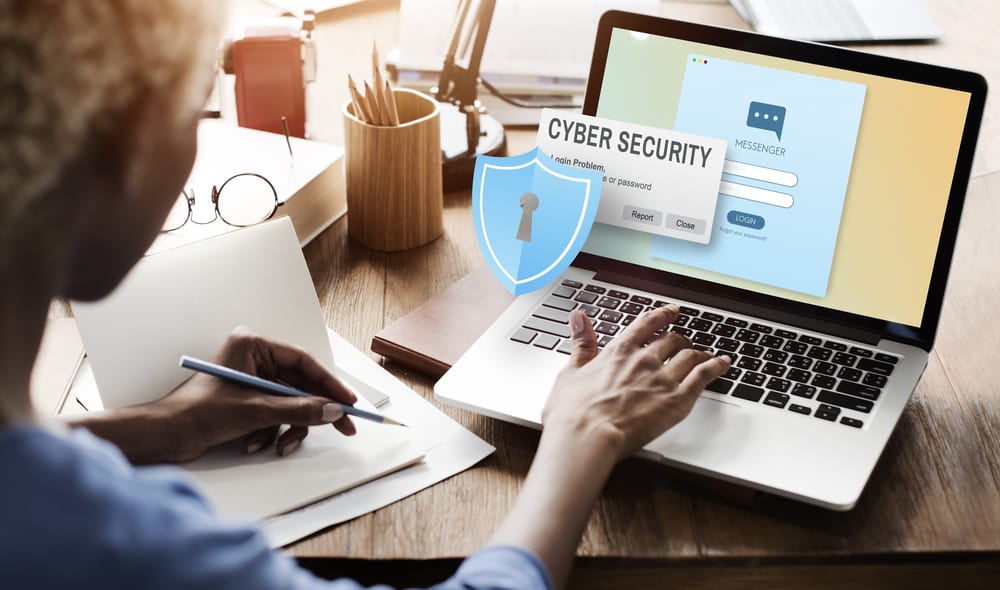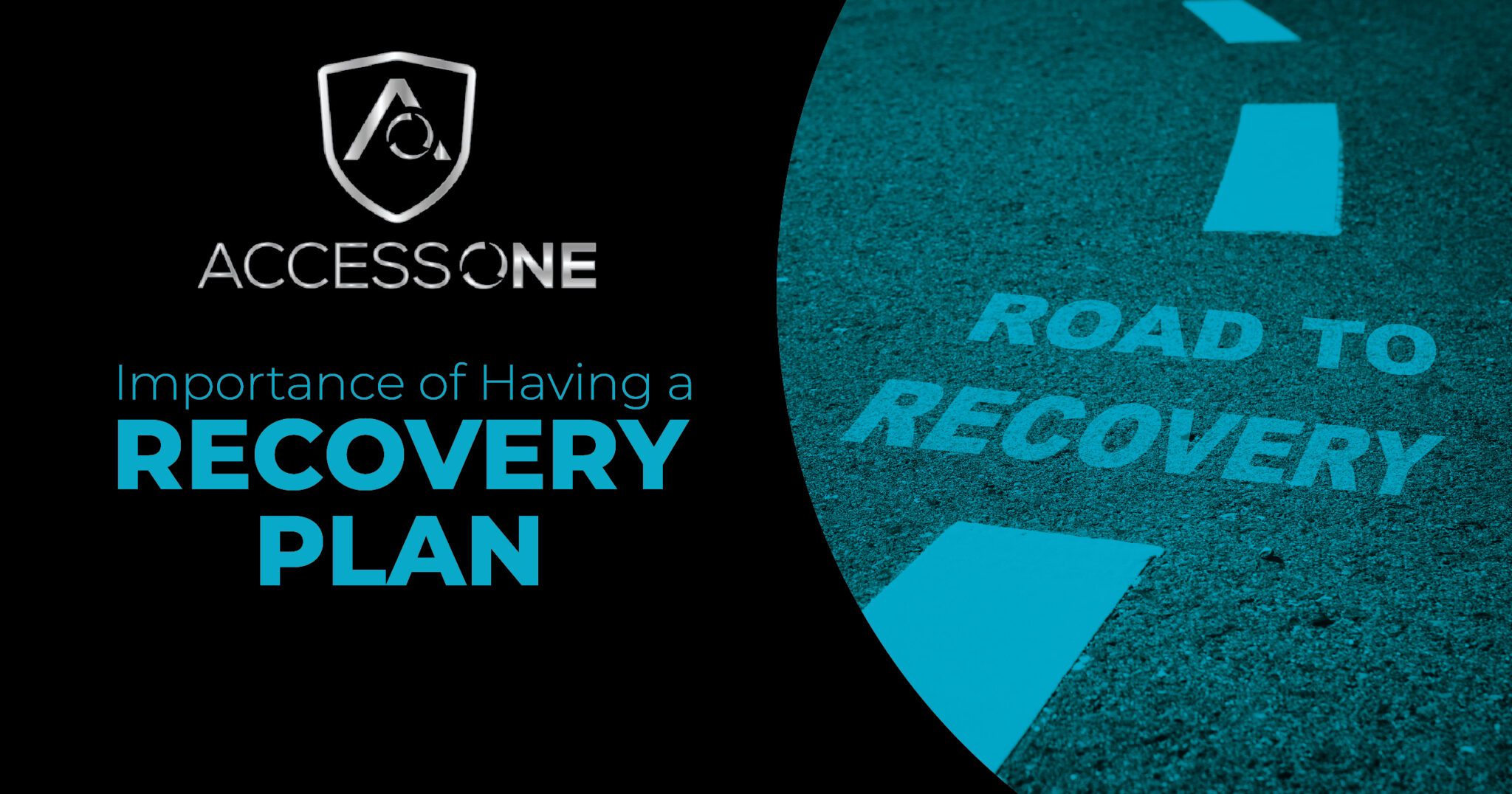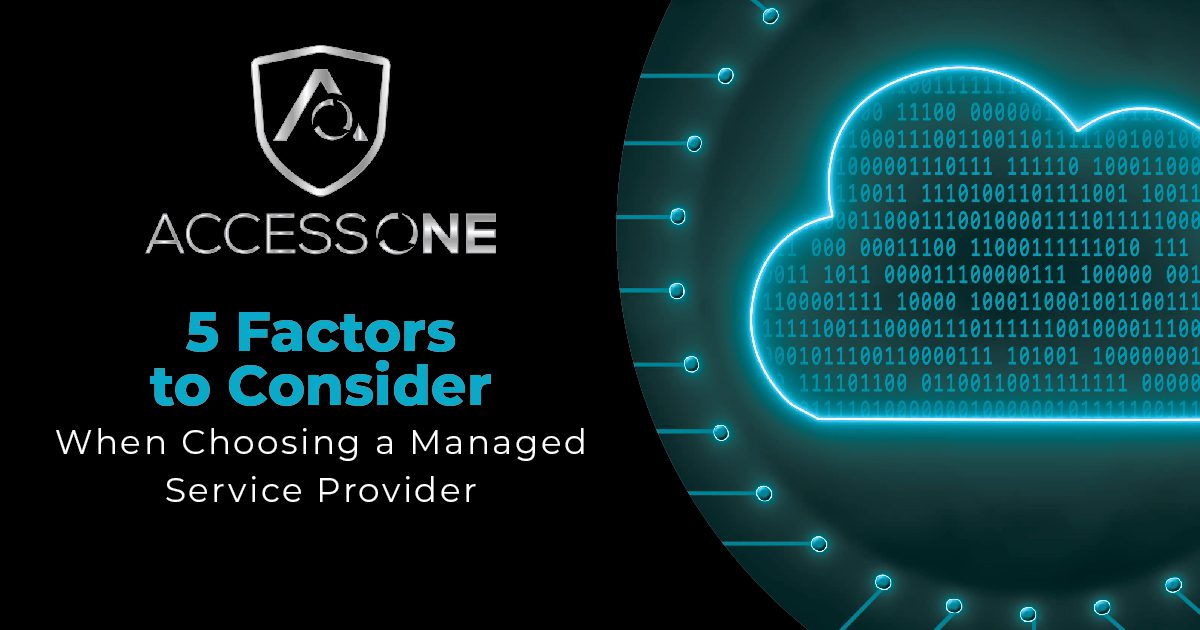Small businesses used to be able to sit back, secure in the knowledge that they wouldn’t be attacked by hackers, social engineers, or other threats. The fact that they were small kept them from being targets. However, for today’s small businesses, a small size alone isn’t enough protection anymore. Hackers now spend approximately 43% of their efforts on small businesses, and waves of malware specifically designed for small businesses are becoming increasingly common. If you’ve been putting off thinking about cybersecurity for your small business, it’s time to stop putting it off and focus on these three issues as a top priority.
1. Passwords
Do you ever get tired of hearing about password security? To access the majority of websites you are required a username and password, and many of them have seemingly ridiculous security requirements. You have to have a combination of letters (capital and lowercase), numbers, and special characters to create an account, access premium content on a website, or to purchase an item. Strong passwords, however, are critical for your small business. In addition to ensuring that you aren’t making it easy for hackers to guess your password, there are several things you should keep in mind when it comes to password security.
- Using the same password for multiple sites can get you in hot water fast. Your server might be protected, but if you’re using the same password for your favorite low security coupon site that you’re using for your business dealings, a determined hacker will discover it quickly.
- Writing down passwords and storing them anywhere near or in your machine, whether tucked into a file or in plain sight on your desktop, threatens your organization’s cybersecurity.
- Websites that allow two-factor authentication can substantially increase your overall security. For example, when you login to an account, a password is required. With two-factor authentication, you would then be prompted to confirm your account with a separate code either sent to your phone or email. Once you enter the code, the two-factor authentication is complete, and you can proceed to the site.
2. Scam Recognition
The cybersecurity of your organization is only as strong as your weakest link. From common phishing scams to social engineering opportunities, hackers will find any way they can to get to your organization. Every employee who uses a computer needs to know how to recognize and avoid common scams. Hackers are becoming ever more sophisticated and tricky. By appropriately dodging those scams, your business will stay safer and keep its vital information secure. Here are a few general indicators to help your employees identify spam:
- Suspicious email addresses from people you don’t recognize.
- Before entering a site, they ask you for personal information like bank account numbers, credit card numbers, social security numbers, etc.
- Emails written in an unrecognizable or foreign language.
- Some of the words are misspelled in an attempt to trick your spam filters.
3. Malware Protection
As many as a million new malware threats are released daily. This makes having solid malware protection a critical part of your regular business operations. Here are a few tips on how to keep your hardware safe:
- First and most importantly, install anti-malware software.
- Developers are always making security updates, so keeping your anti-malware software and operating system current helps to keep your system secure.
- Don’t use open Wi-Fi, because if you can access it with no issues, so can cyber criminals.
- Be aware of where you click. Avoid websites that have pirated material, don’t open an email from someone you do not know, hover links to see where the link is really taking you, etc.
As cybersecurity becomes increasingly vital, it’s necessary for your business to stay on top of it. Keeping these three key considerations at the top of your priority list will make your business stronger and increase the odds that you’ll be able to successfully fend off an attack if your business is targeted. Don’t leave your cybersecurity to chance. Instead, take a proactive stance and make cybersecurity a priority.















